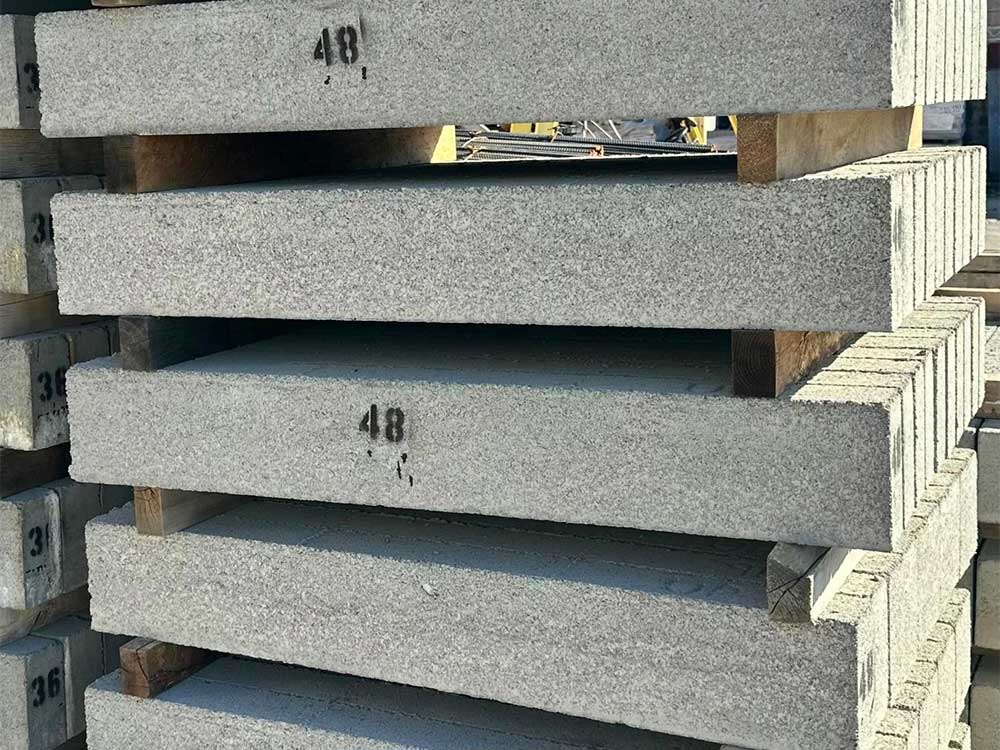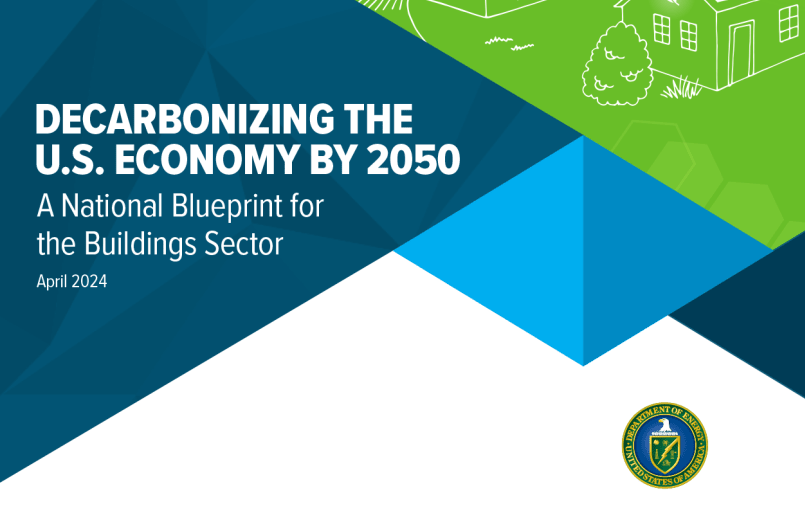The Essential Guide To Waterproofing Masonry Surfaces
Waterproofing masonry surfaces is vital in maintaining the integrity and longevity of buildings. Masonry, including bricks, concrete blocks, and stone, is inherently strong but porous. Water can seep into the masonry, causing damage like cracks, mold, and structural weakness over time.
The goal of waterproofing masonry isn’t necessarily to out and out stop the water, but rather to prevent the damage that water can create. One strategy is to prevent the water from entering the masonry material involves applying a sealant or coating that repels water, protecting the building from the damaging effects of moisture. Another strategy involves building masonry with pathways for the water that gets into the masonry to get back out and includes weeps, vents, and drains. Often both strategies are incorporated into a masonry wall. The former (sealing/coating) is going to be the focus of this article.
When considering waterproofing, it is important to understand that not all masonry materials are identical. Each type may require a different approach to waterproofing. Additionally, the current condition of the masonry, the climate, and the building’s exposure to water will influence the best waterproofing method. A proper assessment is crucial before selecting the materials and methods to ensure effective and lasting protection.
Selecting the Right Waterproofing Material
Choosing the correct waterproofing material is essential for successful masonry protection. There are various waterproofing products, such as silicate-based sealers, acrylics, and elastomeric coatings. Each has its advantages and specific use cases. For instance, silicate sealers penetrate deeply and provide good waterproofing for concrete surfaces, while elastomeric coatings are more flexible and can bridge small cracks.
The selection should be based on the masonry’s exposure to water, the environmental conditions, and the building’s aesthetics. Some coatings can alter the appearance of masonry, providing a glossy look, or changing the texture, which might not be desirable. It’s important to weigh the functional benefits against the visual outcomes to choose the best waterproofing material for your needs.
Application Techniques for Effective Coverage
The application of waterproofing materials is as critical as the selection. The surface must be clean and in good repair before application. Any cracks or damage should be repaired, and the masonry should be free of dirt and efflorescence. Using the right tools, such as brushes, rollers, or sprayers, and following the manufacturer’s instructions will ensure the waterproofing material forms an effective barrier against moisture.
It is also vital to apply the right amount of material. Too little and the waterproofing will be ineffective; too much can lead to a build-up that prevents the masonry from breathing, potentially trapping moisture inside the walls. The technique is a delicate balance that often requires professional expertise.
Maintaining Waterproofed Surfaces for Longevity
After waterproofing masonry, regular maintenance is key to ensuring the longevity of the protective layer. The building should be inspected regularly for any signs of moisture penetration or damage to the waterproof coating. Any issues should be addressed promptly to prevent water damage.
It is also important to clean the masonry surfaces gently, avoiding harsh chemicals, or high-pressure washing that can degrade the waterproofing material. With proper maintenance, waterproofed masonry can protect a building for years, keeping it safe from water damage’s costly and destructive forces.
Timing and Weather Considerations for Waterproofing Projects
Timing the waterproofing project correctly is crucial. The weather plays a significant role in the application process and the curing time of the waterproofing material. Ideal conditions are typically dry and warm; however, each product may have specific temperature and humidity requirements for optimal application.
Long-term Benefits and Cost Savings
Investing in waterproofing masonry surfaces protects the building and can lead to significant long-term cost savings. By preventing water ingress, you mitigate the risk of structural damage, mold growth, and heat loss, which can be expensive to repair or rectify. Furthermore, waterproofing can improve energy efficiency by eliminating dampness, which can increase heating costs. Over time, the upfront cost of waterproofing pays for itself through reduced maintenance costs and the extended lifespan of the masonry structure. It’s a proactive measure that safeguards the building’s value and functionality.

VP of Architectural Sales- VirginiaJeff Carlson
Latest News
4 Features That Makes Masonry Supply Company Stand Out
A masonry supply company plays a crucial role in the success of construction projects, providing essential materials and expertise to […]

Choosing The Right Size Lintel For Your Project
Determining the correct size of a lintel is critical for the stability and longevity of your construction project. A lintel […]

Data Misses on Embodied Carbon
There is significant urgency to avoid, reduce, or even reverse the emissions of greenhouse gases (CO2e) to avoid the worst […]

4 Masonry Tools You Should Have At Home
Effective and efficient masonry work, whether for repairs or new projects, requires the right tools. At home, having a basic […]
